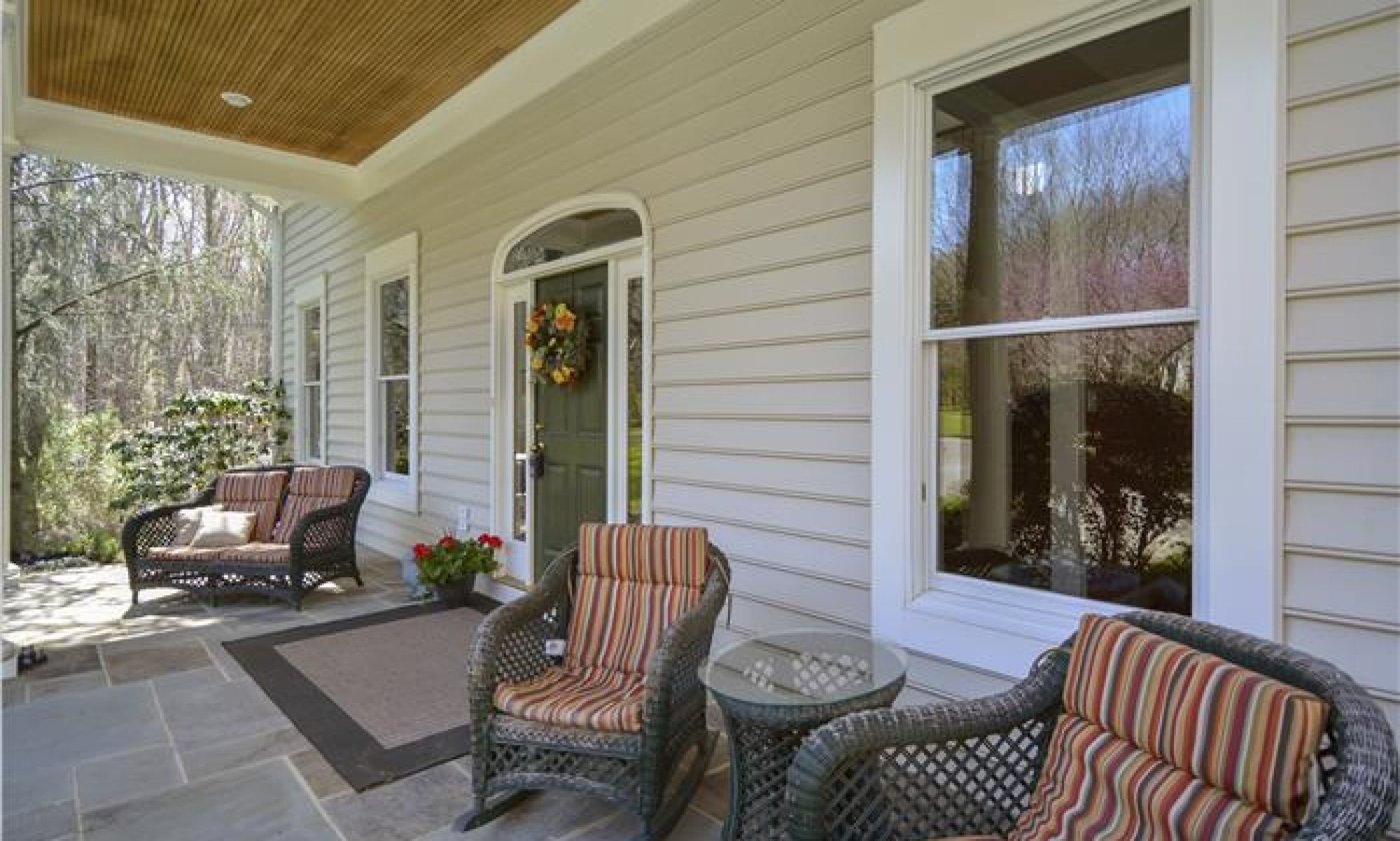
The latest headline for the Case-Shiller Home Price Index boasts, “hits all-time high for sixth consecutive month” (us.spindices.com). The data for May’s S&P CoreLogic Case-Shiller U.S. National Home Price NSA Index revealed a 5.6 percent year-over-year increase for the US Census divisions. However, the month-over-month Case Shiller composite indices decreased about 0.1 percent. Seattle, Portland, and Denver continue to lead in home price growth with double digit gains. The Washington DC region posted a 1.0 percent gain in May and a modest annual increase of 3.6 percent year-over-year. The bottom line is that homes are becoming more expensive. And as a home buyer, you want to know how to buy an affordable home.
David M. Blitzer, Managing Director and Chairman of the Index Committee at S&P Dow Jones Indices, provided analysis of this week’s release suggesting that the continued climb of home prices is a manifestation of the housing market, and not necessarily reflective of the economy. He stated:
“Home prices continue to climb and outpace both inflation and wages…Housing is not repeating the bubble period of 2000-2006: price increases vary across the country unlike the earlier period when rising prices were almost universal; the number of homes sold annually is 20% less today than in the earlier period and the months’ supply is declining, not surging. The small supply of homes for sale, at only about four months’ worth, is one cause of rising prices. New home construction, higher than during the recession but still low, is another factor in rising prices.”
Rising home prices are impacting the housing market and making it difficult to find an affordable home. The latest National Association of Realtors Housing Affordability Index (nar.realtor) indicates that buying a home is less affordable compared to the same time last year, which decreased from 161.2 to 158.8. Additionally, the median sales price for a single family home jumped 4.6 percent.
Even though home prices continue to climb, the good news for home buyers is that mortgage rates are still relatively low. According to last week’s Freddie Mac Mortgage Rate Survey (freddiemac.com), the 30-year fixed rate mortgage dropped from 4.03 percent to 3.96 percent. Although slightly higher from the same time last year (3.45 percent), historically low interest rates help make a home purchase affordable.
Although wages are not increasing on the same pace as home prices, home buyers are benefiting from low mortgage rates. However, a concern that is echoed throughout the industry is the continued low inventory of homes for sale. The low inventory of homes, specifically turn-key homes, is a factor in increasing home prices and making it harder to find an affordable home.
If you’re a home buyer and are frustrated with the competition, think outside of the box. It’s true the best looking and well priced homes are receiving multiple offers and sell quickly. The competitive atmosphere is pushing home prices higher. However, keeping an open mind could help you to not only cope with the current market, but also help you find your next home.
One way home buyers are finding their affordable home is by renovating a distressed home. Homes that languish on the market and are in need of repair or renovation may be a “diamond in the rough.” Renovation loans, such as the FHA 203k or Fannie Mae’s HomeSyle loan can make the process easier and affordable. Renovation loans are designed to help buy and renovate a home. There are a various renovation loan programs, so having a long conversation with a qualified renovation loan specialist can help you decide which program is best for you.
Be prepared and line up your licensed contractors. Renovation loans require documentation and plans from your licensed contractor. Most of these programs will provide funding in stages. However, there are a few renovation loan programs that are “streamlined” and designed for less expensive renovations. Check with your lender for qualifications, loan limits and requirements.
Additionally, you don;t have to look in the MLS to find your affordable home. Work with an experienced agent who has the savvy to find homes for sale that are not currently listed for sale. These may include (but not limited to) for sale by owners, expired listings, and auctions.
Home owners who did not have luck selling their homes earlier in the year may be open to selling to you. Your agent can find and contact home owners who have recently taken their homes off of the MLS.
Look for homes that are “For Sale by Owner.” It used to be hard to find the FSBO, and you would have to drive through neighborhoods to look for the “For Sale by Owner” signs. But of course the internet has made it easier to find the FSBO. They are listed in the MLS by listing placement services. They are also posted online on “for-sale-by-owner” sites, as well as Zillow, Trulia, or Craigslist.
Neighborhood listservs and internet groups are a great way to fnon-MLS homes for find FSBO’s. But you have to be a resident of the neighborhood, or know someone who is a resident to get access to the listserv.
Copyright© Dan Krell
Google+
If you like this post, do not copy; instead please:
link to the article,
like it at facebook
or re-tweet.
![]()
Disclaimer. This article is not intended to provide nor should it be relied upon for legal and financial advice. Readers should not rely solely on the information contained herein, as it does not purport to be comprehensive or render specific advice. Readers should consult with an attorney regarding local real estate laws and customs as they vary by state and jurisdiction. Using this article without permission is a violation of copyright laws.
